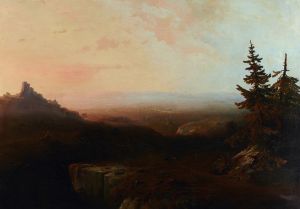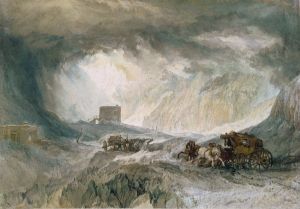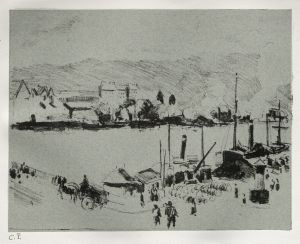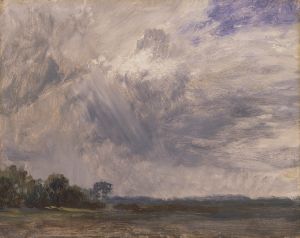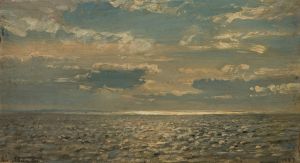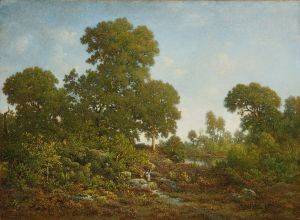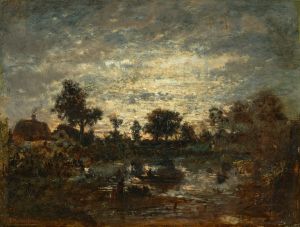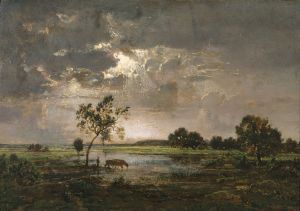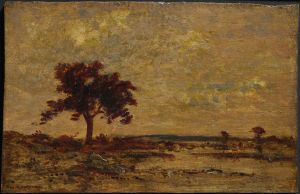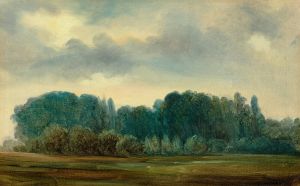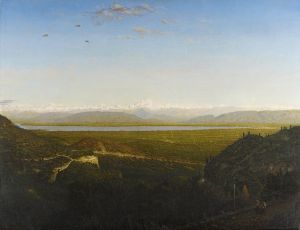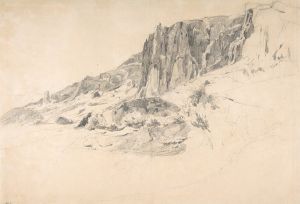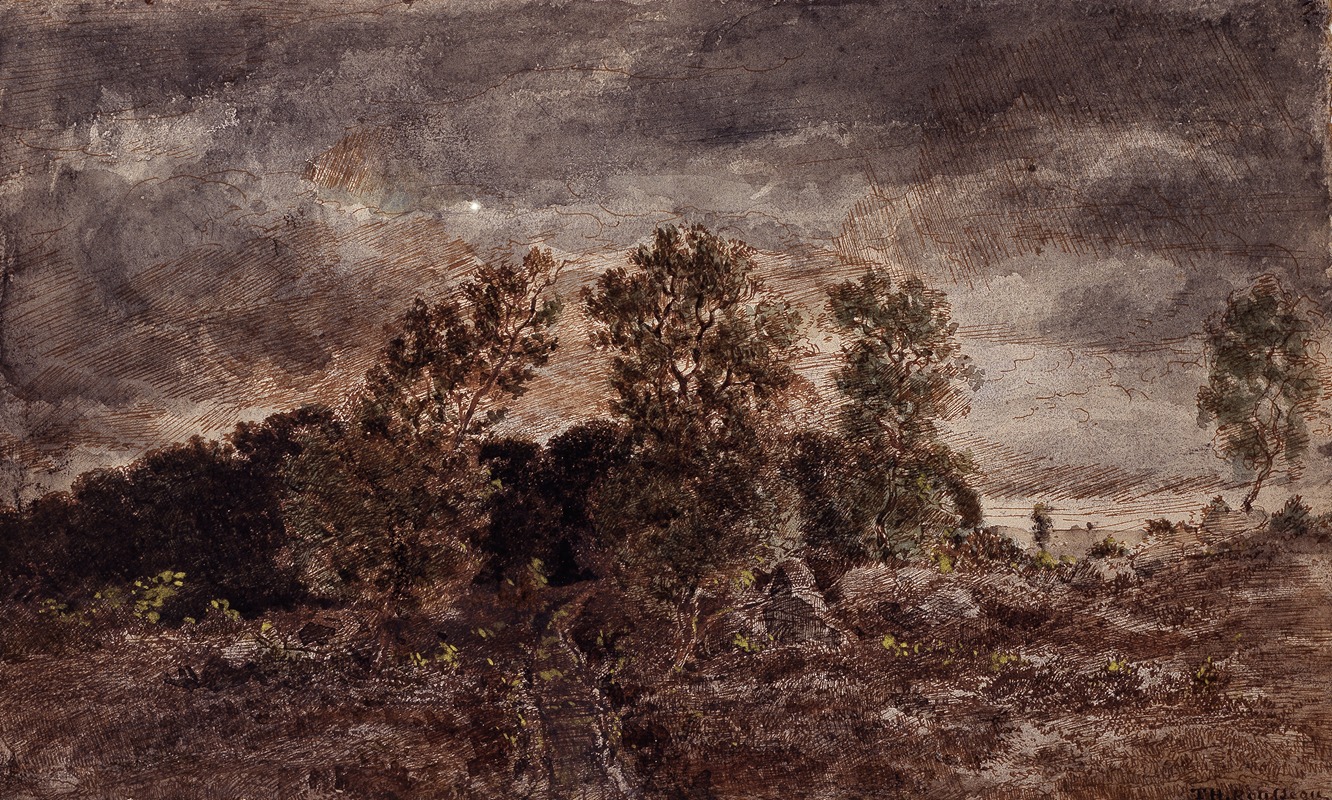
Landscape with thunderstorms
A hand-painted replica of Théodore Rousseau’s masterpiece Landscape with thunderstorms, meticulously crafted by professional artists to capture the true essence of the original. Each piece is created with museum-quality canvas and rare mineral pigments, carefully painted by experienced artists with delicate brushstrokes and rich, layered colors to perfectly recreate the texture of the original artwork. Unlike machine-printed reproductions, this hand-painted version brings the painting to life, infused with the artist’s emotions and skill in every stroke. Whether for personal collection or home decoration, it instantly elevates the artistic atmosphere of any space.
Théodore Rousseau's Landscape with Thunderstorms is a painting created by the French artist who was a prominent figure in the Barbizon School, a 19th-century art movement that emphasized naturalistic landscapes and often depicted scenes of rural France. Rousseau, born in 1812 and active until his death in 1867, was known for his dedication to capturing the essence of nature, often working en plein air (outdoors) to study the interplay of light, weather, and atmosphere.
Landscape with Thunderstorms exemplifies Rousseau's mastery in portraying dramatic natural scenes. The painting features a turbulent sky filled with dark, stormy clouds, which dominate the composition and create a sense of impending weather. The landscape below, likely inspired by the forests and fields near the village of Barbizon, is rendered with meticulous attention to detail. The contrast between the ominous sky and the serene, earthy tones of the land highlights Rousseau's ability to convey the power and unpredictability of nature.
Rousseau's work often reflected his deep connection to the natural world and his rejection of the industrialization that was transforming France during his lifetime. His landscapes were not idealized but instead sought to depict the raw and unfiltered beauty of the countryside. This approach was a departure from the more polished and romanticized landscapes of earlier generations, aligning him with the Realist movement that was gaining prominence in the mid-19th century.
The painting is also notable for its use of light and shadow, which Rousseau employed to heighten the drama of the scene. The dark clouds are juxtaposed with patches of light breaking through, suggesting the fleeting and ever-changing nature of weather. This dynamic interplay creates a sense of movement and tension, drawing the viewer into the scene.
While specific details about the creation date or current location of Landscape with Thunderstorms are not readily available, it is consistent with Rousseau's broader body of work, which often focused on capturing the moods and atmospheres of the French countryside. His dedication to this subject matter earned him recognition as one of the leading landscape painters of his time, despite facing initial resistance from the Paris Salon, the official art exhibition of the Académie des Beaux-Arts.
Rousseau's influence extended beyond his lifetime, as his work helped pave the way for later movements such as Impressionism, which also emphasized the importance of light and atmosphere in landscape painting. Landscape with Thunderstorms remains a testament to his skill and vision as an artist deeply attuned to the natural world.





